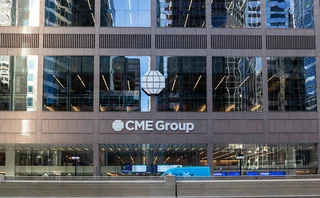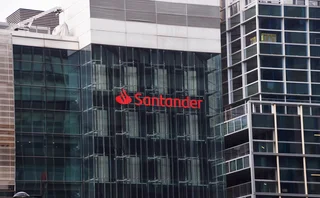
UBS and Credit Suisse poised for tighter regulation
Swiss regulator out with proposals for tighter regulation of global banks
From January 1, 2013, the two banks will have to hold increased capital buffers above the Basel II minimum requirements - they will need to meet a minimum ratio (capital as a percentage of risk-weighted assets) of 12%, which could rise to 16% in good times - defined as a period of two years of profits at the average level.
UBS and Credit Suisse will also have to hold capital as a percentage of (unweighted) assets of at least 3% at group level and 4% at bank level - higher in good times. This leverage ratio excludes domestic lending (except interbank) and selected assets used in central bank repos.
Finma has also published proposals for rules on bankers' pay, which are now out for comment. Under the proposal, all Swiss banks would have to ensure high risk incurred by employees results in lower variable remuneration than low risk. Bonuses should also only be paid when the group is profitable and all award criteria should be long-term oriented.
The regulators have also issued new guidelines for liquidity requirements and stress testing. In common with the EU and the US, the SNB is pushing for an international framework to allow a co-ordinated unwinding of a failed bank to address the 'too big to fail' problem of systemically relevant institutions. Another option being looked at is limiting the size of banks either by defining direct limits or by setting indirect incentives such as higher capital requirements to keep the size down.
Only users who have a paid subscription or are part of a corporate subscription are able to print or copy content.
To access these options, along with all other subscription benefits, please contact info@risk.net or view our subscription options here: http://subscriptions.risk.net/subscribe
You are currently unable to print this content. Please contact info@risk.net to find out more.
You are currently unable to copy this content. Please contact info@risk.net to find out more.
Copyright Infopro Digital Limited. All rights reserved.
As outlined in our terms and conditions, https://www.infopro-digital.com/terms-and-conditions/subscriptions/ (point 2.4), printing is limited to a single copy.
If you would like to purchase additional rights please email info@risk.net
Copyright Infopro Digital Limited. All rights reserved.
You may share this content using our article tools. As outlined in our terms and conditions, https://www.infopro-digital.com/terms-and-conditions/subscriptions/ (clause 2.4), an Authorised User may only make one copy of the materials for their own personal use. You must also comply with the restrictions in clause 2.5.
If you would like to purchase additional rights please email info@risk.net
More on Risk management
Clearing members ponder the purpose of CME’s mystery FCM
Some think licence will be used to boost crypto clearing capacity, but many questions remain
Review of 2024: as markets took a breather, firms switched focus
In the absence of major crises and rules deadlines, financial firms revamped strategy, services and practices
As supplier risk grows, banks check their third-party guest lists
Dora forces rethink of KRI and appetite frameworks amid reappraisal of what constitutes a key counterparty
Dora flood pitches banks against vendors
Firms ask vendors for late addendums sometimes unrelated to resiliency, requiring renegotiation
Quant Finance Master’s Guide 2025
Risk.net’s guide to the world’s leading quant master’s programmes, with the top 25 schools ranked
Regionals built first-line defences pre-CrowdStrike
In-business risk teams vary in size and reporting lines, but outage fears are a constant
Op risk data: Santander in car crash of motor-finance fail
Also: Macquarie fined for fake metals trade flaws, Metro makes AML misses, and Invesco red-faced over greenwashing. Data by ORX News
Public enemy number one: the threat to information security
Nearly half of domestic and regional banks report risk appetite breaches amid heightened sense of insecurity







